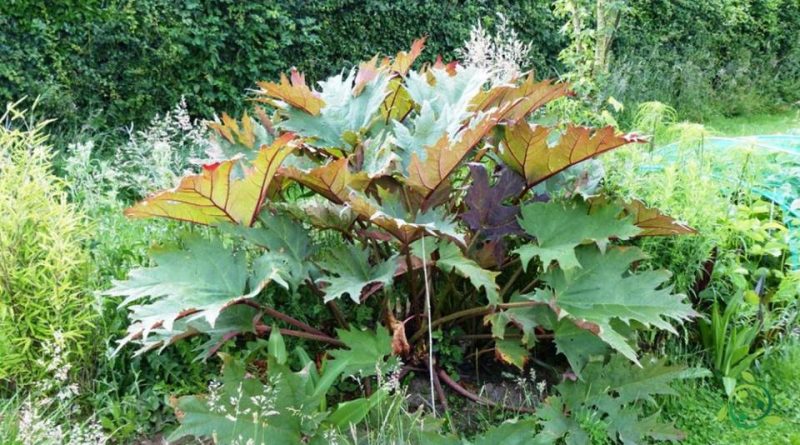How Chinese Rhubarb reproduces
How Chinese Rhubarb reproduces
Chinese rhubarb (Rheum palmatum L., 1759) is a perennial herbaceous plant of the Polygonaceae family native to central Asia; in Italy it is grown for ornamental or medicinal purposes.
It is a plant that, before being planted, must find a well-worked soil with distribution of manure and phosphate fertilizers.
This plant can be reproduced both by seed and by division of the rhizomes; in any case, the second method is undoubtedly the simplest to implement and also the fastest. After sowing or multiplying it, it will be easy to plant it.
In this sheet we will describe the two techniques while for the details of the processing technique please refer to the specific sheet.
Propagation by seed –
Chinese rhubarb can be grown gamic, therefore starting from the seed; normally the seed is placed in a jar or in a seedbed at the beginning of March, and then transplanted outdoors in the garden in mid-April or May. If you start from seed, the plant will produce starting from the second or third year, so a little patience is needed compared to transplanting which is faster in giving harvest.
Propagation by rhizomes –
As anticipated, the best way to multiply Rheum palmatum plants is to explant one and then proceed with the division of the head into several parts; in this way each piece can be buried to give rise to a new plant. The important thing is to make sure that each portion of rhizome has at least one bud. Propagation by rhizomes should be done in early spring or before winter.
Transplant –
Whichever way you get your new rhubarb seedling, the best time to transplant is usually mid-April or even May or even fall.
After transplanting remember to water regularly and in the first months of life to control weeds.
The seedlings produced in seedbeds or the rhizome sections with buds are planted in autumn or early spring at 1.5-2 m between the rows and 1 meter along the row. Crop care is based on mechanical weeding and irrigation; before planting and in autumn, organic fertilizers are administered.
Collection and storage –
Harvesting of Chinese rhubarb begins in the second year, removing the leaf petioles deprived of the flap by hand. Usually one third of the leaves present are left on the plants. The rhizomes can be harvested in the 3-4th year, cleared of the earth, cut into slices and left to dry. The fleshy stalks are used for the preparation of sweets and jams.
Use in the kitchen and therapeutic properties –
The rhizomes have digestive, astringent, laxative, purifying and cholagogue properties.

